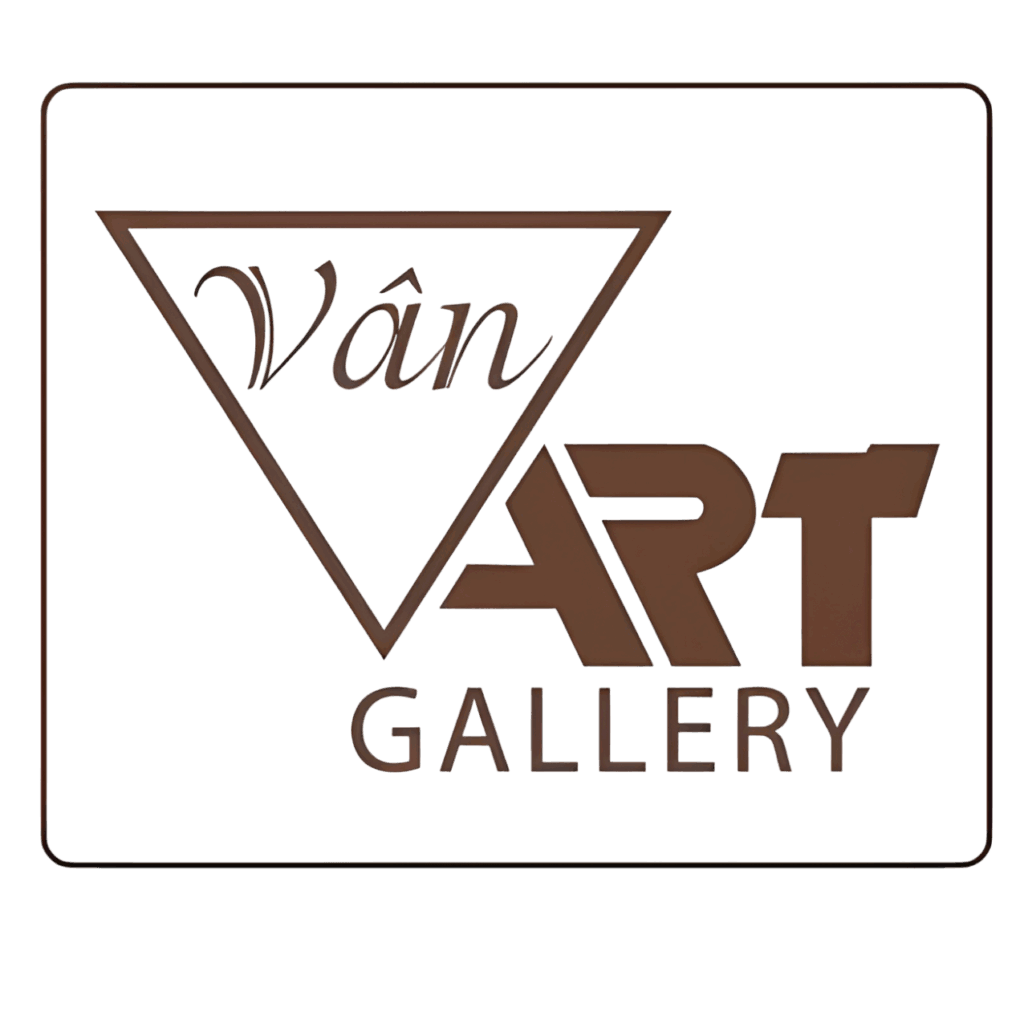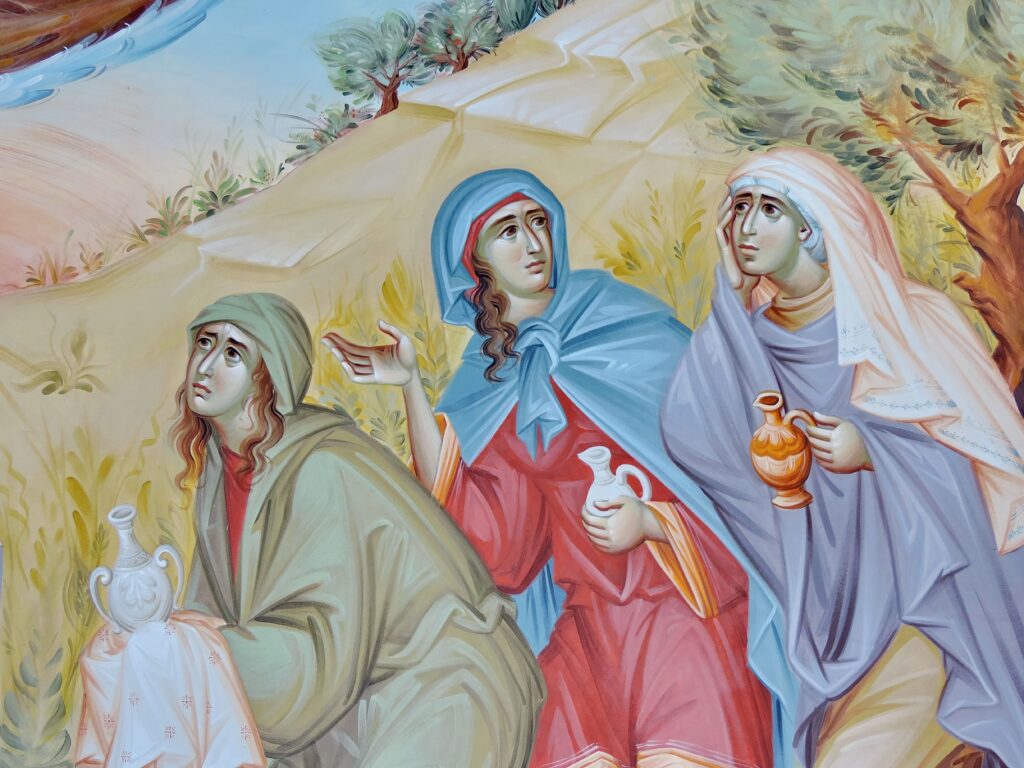What is Medieval Art?
Medieval art is a vibrant chapter in European cultural history, spanning from the 5th to the 15th century, blending Roman heritage, Christianity, and Northern European traditions. From dazzling mosaics to majestic Gothic cathedrals, medieval art is not only a unique creation in the world of fine arts and Vietnam art gallery collections but also a symbol of faith and power. In this article, we’ll explore the history of medieval art, its defining characteristics, styles like Byzantine art, Romanesque architecture, and Gothic art, and their influence on modern art. Discover why medieval art continues to captivate art lovers worldwide!
History of Medieval Art
Where Did Medieval Art Originate?
The history of medieval art began with the fall of the Roman Empire in the 5th century, as art shifted from classical styles to Christian symbolism. According to the Metropolitan Museum of Art, this period was heavily influenced by the Catholic Church, with power centers in Rome (West) and Constantinople (Byzantine Empire, East).
- Early Medieval Period (5th–10th Century): Art focused on illuminated manuscripts and church mosaics.
- Romanesque Period (11th–12th Century): Churches and monasteries flourished with architecture featuring rounded arches and thick stone walls.
- Gothic Period (12th–15th Century): Gothic art emerged, characterized by stained glass windows and soaring architecture.
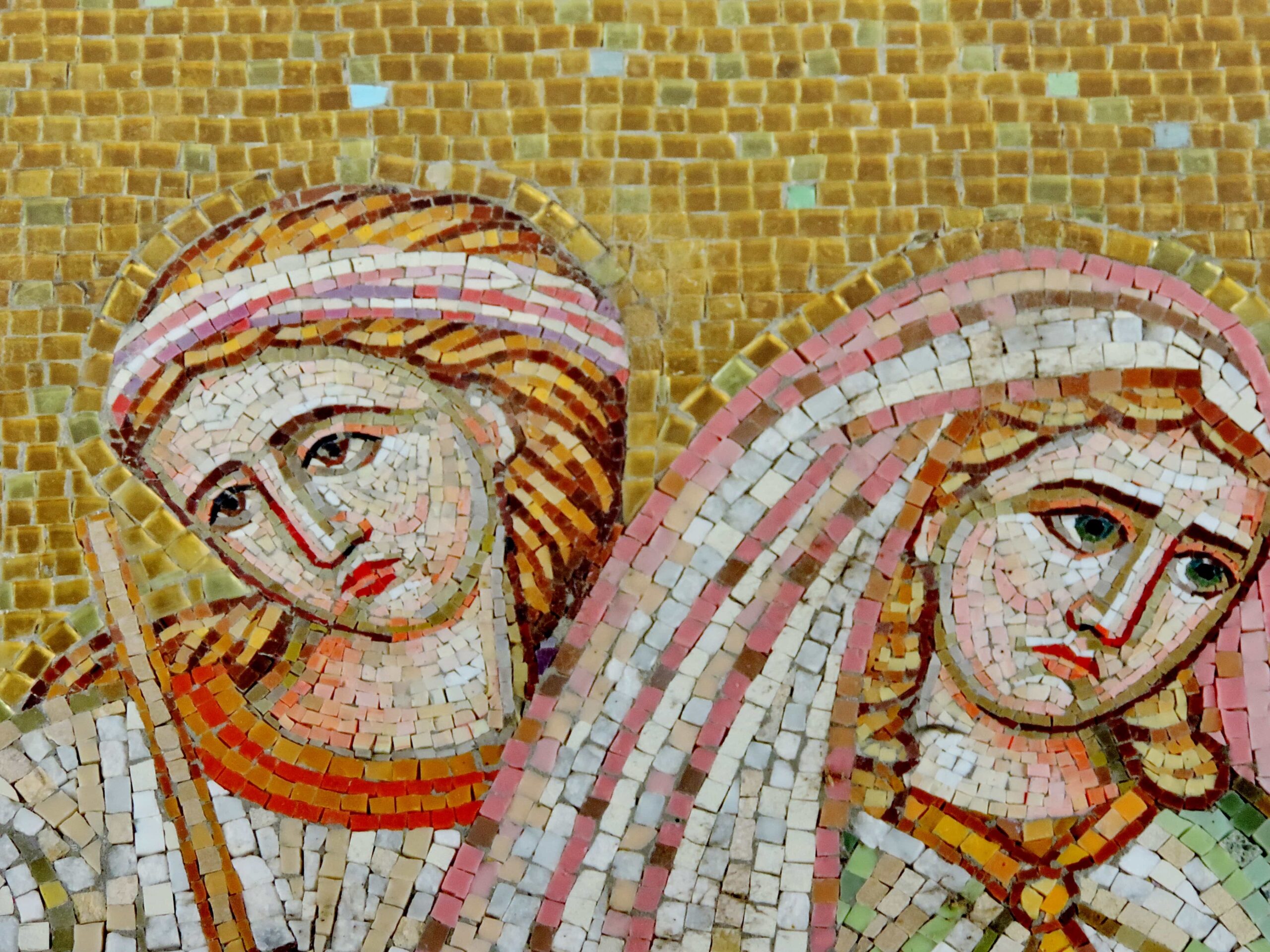
Key Phases of Medieval Art
- Early Medieval Period:
- Byzantine Art: Developed in the Eastern Roman Empire, known for lavish mosaics and religious icons. Example: Mosaics at Santa Costanza (Rome).
- Northern European Art: Tribes like the Goths and Vikings introduced geometric and animal motifs.
- Romanesque Period:
- Romanesque Architecture: Churches like St. Michael’s in Hildesheim, Germany, featured rounded arches and intricate stone carvings.
- Sculpture and Manuscripts: Sculpted columns and illuminated manuscripts became widespread.
- Gothic Period:
- Gothic Art: Notre-Dame Cathedral in Paris epitomizes this style, with stained glass windows and flying buttresses.
- Painting and Sculpture: Works like Madonna and Child became more naturalistic and approachable.
Characteristics of Medieval Art
What Defines Medieval Art?
Medieval art focused on conveying religious messages and authority, with distinct characteristics:
- Symbolism: Art prioritized spiritual meaning over realism, depicting figures like Jesus and the Virgin Mary.
- Vivid Colors: Mosaics and stained glass used bold reds, blues, and golds for a spiritual effect.
- Abstract Forms: Figures were stylized, often with exaggerated proportions (large heads, small bodies) to emphasize spiritual significance.
- Diverse Materials: Included mosaics, stained glass, illuminated manuscripts, and stone sculptures.
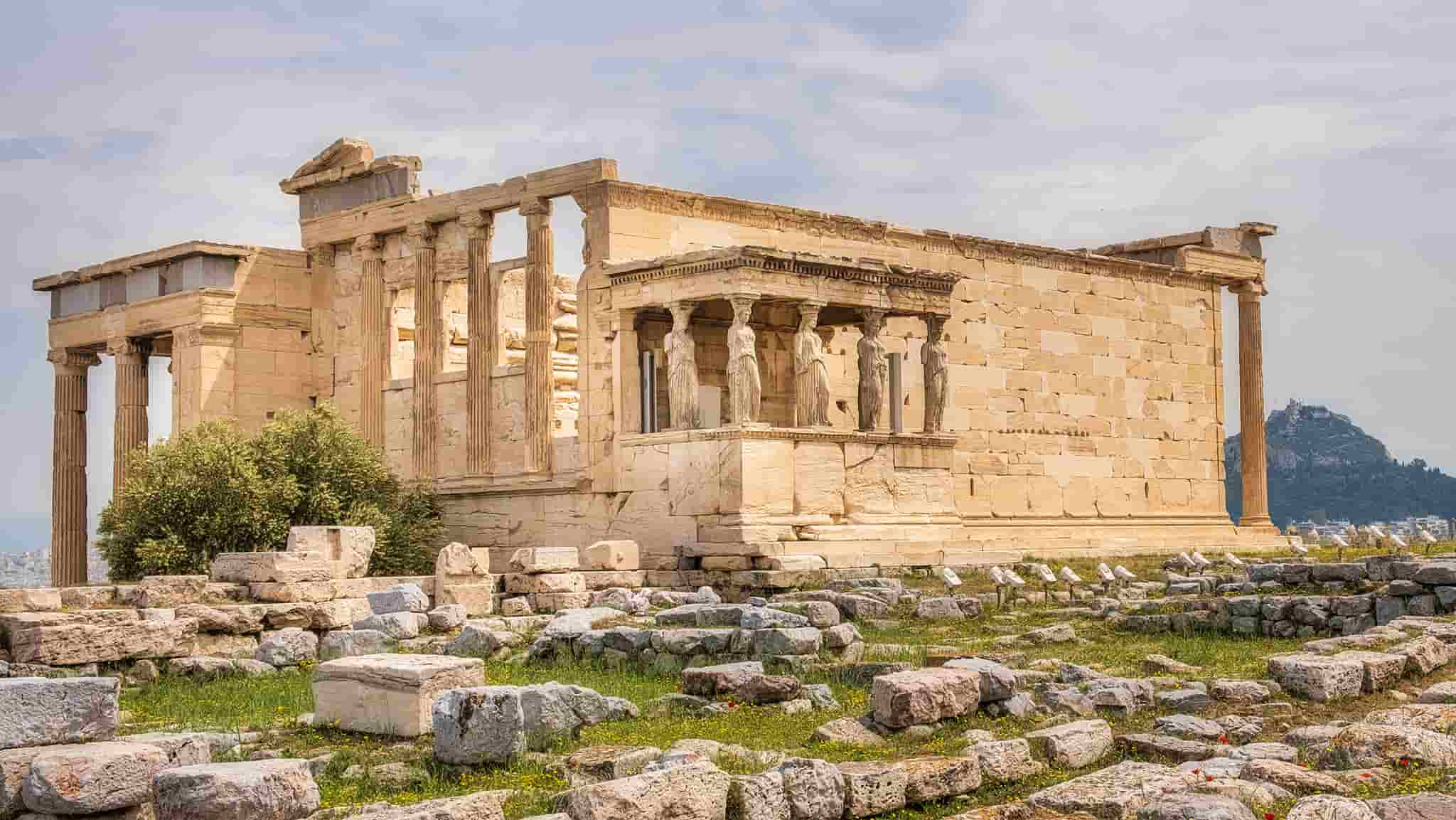
Why Is Medieval Art Symbolic?
According to the British Museum, medieval art served as a religious teaching tool for a largely illiterate population. Images like Melchizedek Offering Bread and Wine in mosaics conveyed Bible stories visually. In the Gothic period, art became more relatable, with figures like the Virgin Mary depicted with warm, approachable expressions.
Types of Medieval Art
What Makes Byzantine Art Unique?
Byzantine art, the style of the Eastern Roman Empire, blended Greek culture, Christianity, and ancient mythology. Key features:
- Lavish Mosaics: Used tesserae (small stone tiles) to create images of Jesus, the Virgin Mary, and saints. Example: Mosaics at Hagia Sophia (Istanbul).
- Religious Icons: Painted on wood, these icons held deep spiritual significance.
- Golden Hues: Gold symbolized heaven, creating a divine atmosphere.
Example: The mosaics at Monreale Cathedral (Sicily, 12th century) combine Greek and Christian influences.
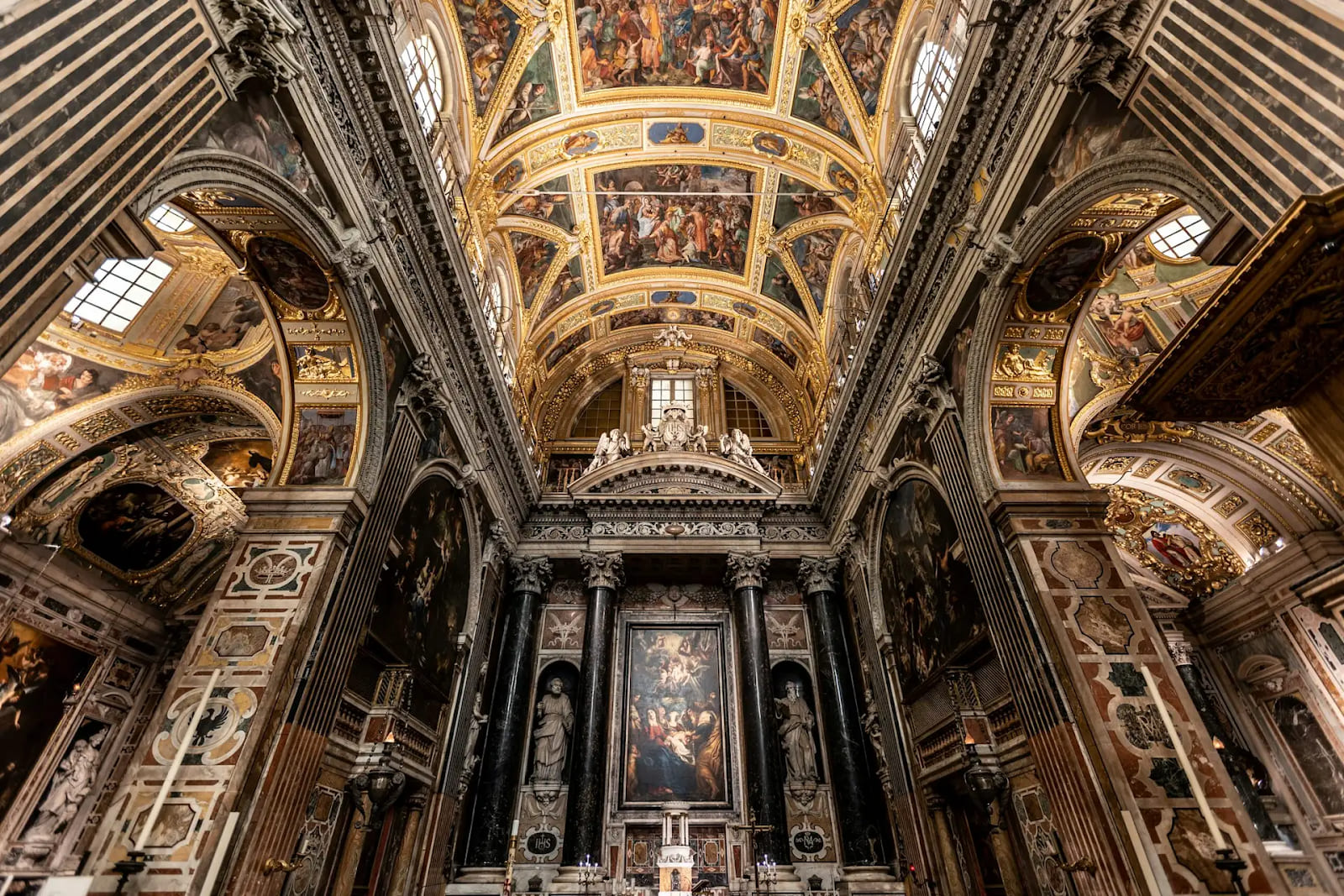
What Stands Out in Romanesque Architecture?
Romanesque architecture, emerging in the 11th century, is characterized by:
- Rounded Arches and Thick Walls: Churches like Durham Cathedral (England) symbolized the Church’s strength.
- Stone Carvings: Columns and doorways featured animal and foliage motifs.
- Illuminated Manuscripts: Prayer books were adorned with intricate drawings and calligraphy.
Example: St. Michael’s Church in Hildesheim, with its detailed carved columns.
What Makes Gothic Art Distinctive?
Gothic art, born in the 12th century, introduced innovations in architecture and painting:
- Stained Glass Windows: Large windows, like those at Chartres Cathedral (France), told Bible stories through vibrant colors.
- Flying Buttresses: Enabled taller structures, as seen in Notre-Dame Cathedral in Paris.
- Naturalistic Figures: Works like Madonna and Child featured balanced proportions and relatable expressions.
Example: Notre-Dame Cathedral in Paris, with its flying buttresses and rose window.
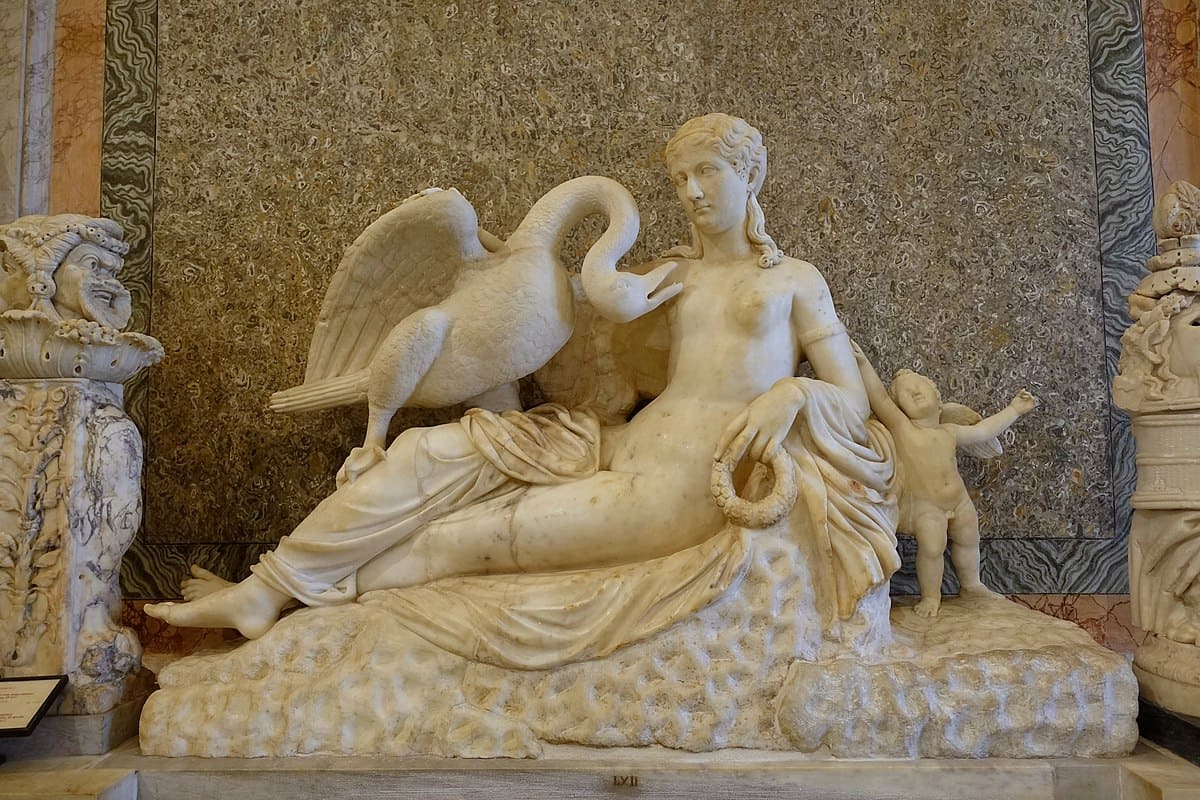
Notable Medieval Artworks
Which Medieval Artworks Stand Out?
Medieval art left behind countless masterpieces, from mosaics to architecture:
- Mosaics at Santa Costanza (Rome): Depict Christian scenes with vivid colors.
- Notre-Dame Cathedral (Paris): A Gothic icon with stained glass and gargoyle sculptures.
- Lindisfarne Gospels: An 8th-century illuminated manuscript with Northern European motifs.
- Ambrogio Lorenzetti’s Frescoes: The Effects of Good Government (1338) in Siena reflects societal themes.
How to Appreciate These Works?
- Visit in Person: Explore churches like Hagia Sophia or Chartres to see mosaics and stained glass up close.
- View Online: Museums like the Metropolitan offer high-quality images of medieval art.
- Learn the Context: Study the religious and historical significance to deepen your understanding.
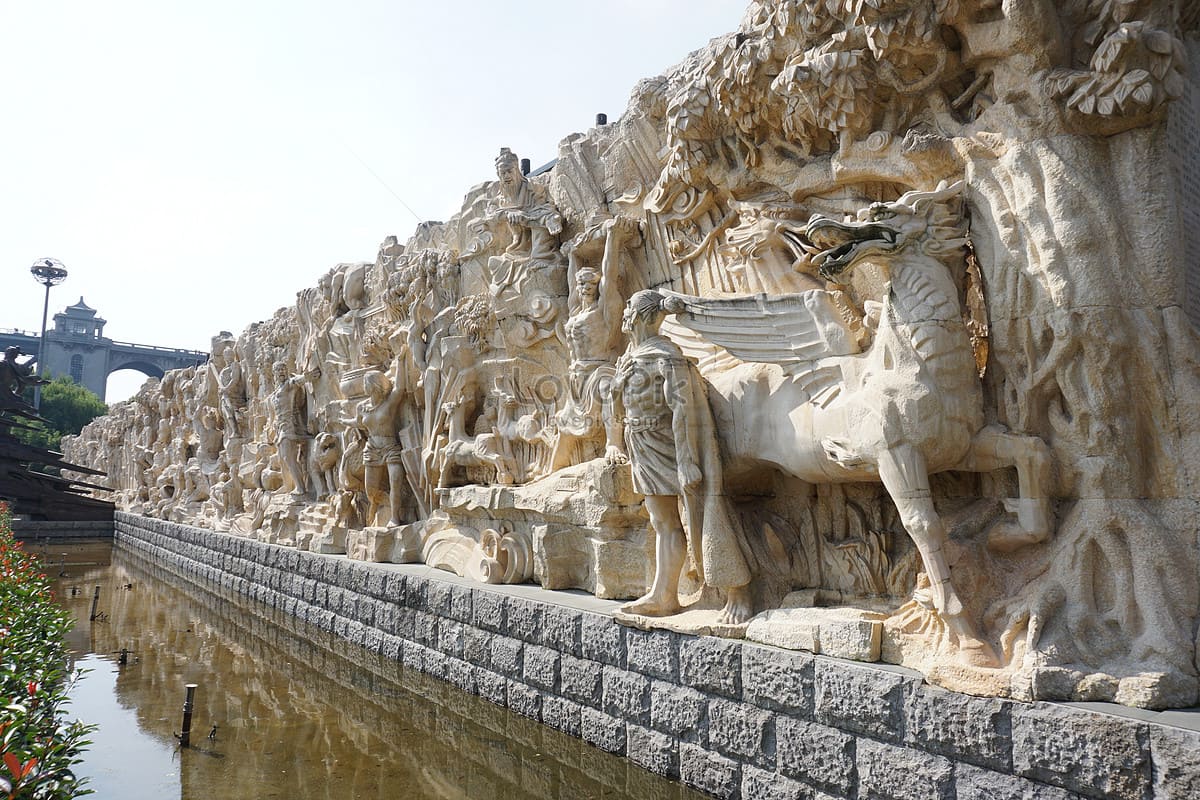
Influence of Medieval Art in Vietnam
Did Medieval Art Influence Vietnam?
While medieval art primarily developed in Europe, it indirectly influenced Vietnamese art through Christianity and cultural exchanges. According to VnExpress, Catholic churches in Vietnam, such as Hanoi’s St. Joseph’s Cathedral, reflect Gothic influences with stained glass windows and arched designs.
- Church Architecture: Phat Diem Cathedral (Ninh Binh) blends Gothic elements with traditional Vietnamese temple styles.
- Decorative Motifs: Foliage and geometric patterns in Ly-Tran dynasty art resemble Romanesque designs.
- Religious Art: Christian paintings and statues in Vietnam draw from Byzantine iconography.
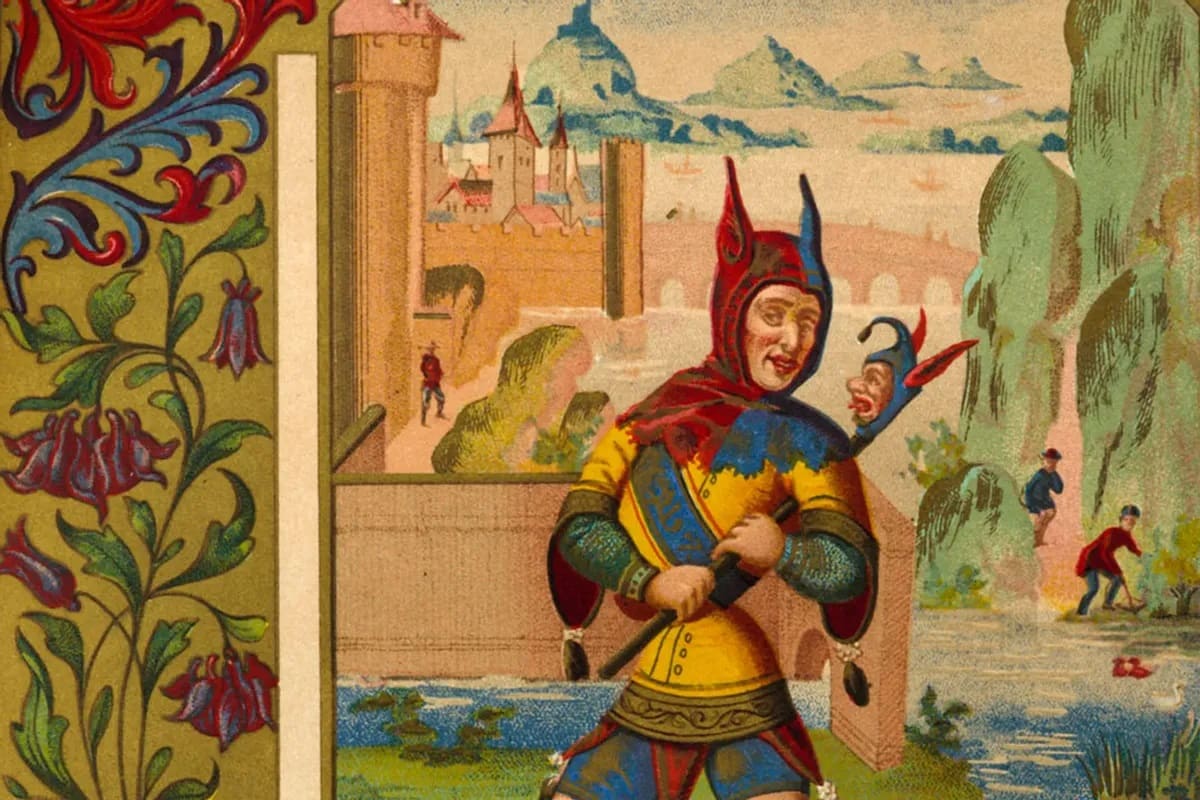
How to Identify This Influence?
- Compare Architecture: Look for Gothic or Romanesque elements in Vietnamese churches.
- Study History: Explore the introduction of Christianity to Vietnam from the 16th century.
- Visit Museums: The Vietnam Fine Arts Museum showcases works influenced by European religious art.
How to Explore Medieval Art?
How to Approach Medieval Art as a Beginner
- Visit Museums: Explore the Metropolitan Museum (New York) or British Museum (London) for original works.
- Read Art Books: Books like Medieval Art by Marilyn Stokstad offer deep insights.
- Watch Documentaries: Look for films on Gothic or Byzantine art on YouTube or Netflix.
- Try Mosaic Painting: Use watercolors to create patterns inspired by medieval mosaics.
Tips for a Deeper Understanding
- Study Religious Context: Learn about Christianity and the Church’s role in medieval art.
- Compare Styles: Contrast Byzantine, Romanesque, and Gothic art to spot differences.
- Take Art Courses: Online courses on Coursera or local art centers in Vietnam provide valuable insights.
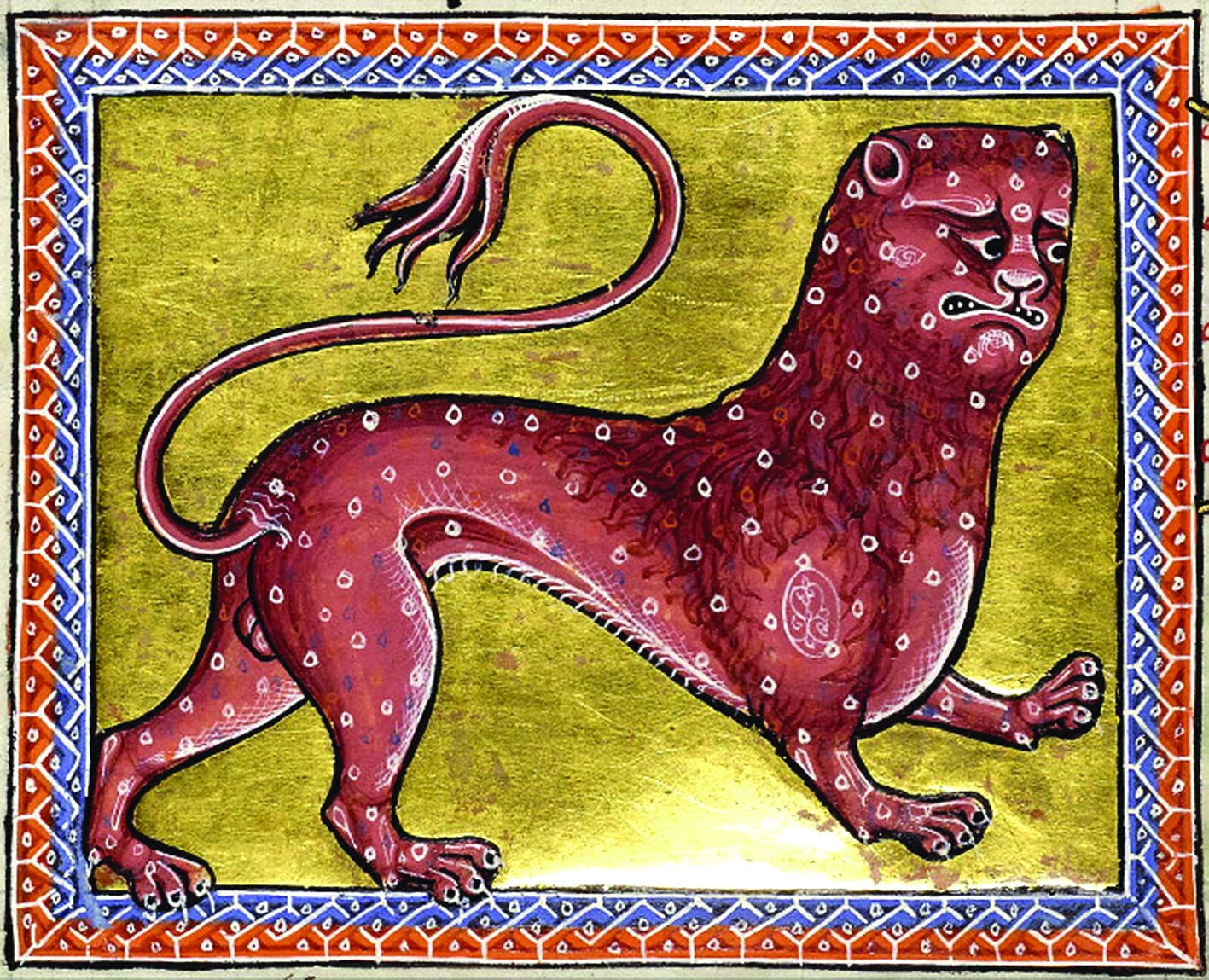
Conclusion: Celebrating Medieval Art
Medieval art is a radiant cultural legacy, from shimmering Byzantine mosaics to towering Gothic cathedrals. Through its history, we see the interplay of faith, power, and creativity. From Byzantine art to Romanesque architecture and Gothic masterpieces, each style has left an indelible mark. Explore these works at museums, dive into the characteristics of medieval art, or try painting inspired by this era. Share this article to spread the beauty of medieval art!
Next Steps:
- View Hagia Sophia’s mosaics online or through high-quality images.
- Learn more about medieval art history through books or online resources.
- Share this article to inspire friends to discover the medieval art legacy!
